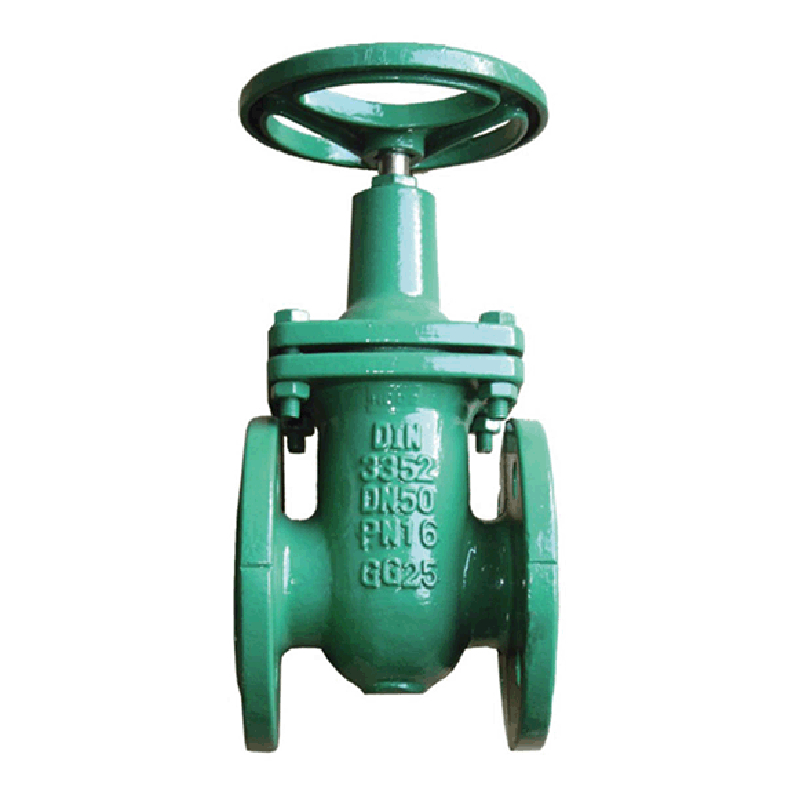Ліст . 18, 2024 23:47 Back to list
Understanding the Function and Applications of Control Valves in Industrial Systems
Understanding Control Valves Essential Components in Fluid Management
Control valves play a crucial role in various industrial processes, acting as vital components for regulating the flow of fluids. These devices are used in numerous applications, from oil and gas to water treatment and chemical processing. The primary function of a control valve is to modulate the flow rate or pressure of a fluid, ensuring that the desired setpoint is maintained within a system.
A control valve typically consists of several key parts the valve body, actuator, and control mechanism. The valve body is the core component that houses the internal parts and is designed to withstand high pressures and corrosive environments. Actuators, which can be pneumatic, electric, or hydraulic, provide the necessary force to open or close the valve in response to signals from a control system. The control mechanism, often aided by a positioner, ensures precise adjustments are made to achieve the desired flow characteristics.
One of the significant advantages of control valves is their ability to maintain process stability
. By continuously adjusting the flow based on feedback from sensors, control valves can respond to variations in system conditions, such as pressure fluctuations or changes in fluid temperature. This dynamic response helps to optimize process efficiency, conserve energy, and reduce waste, ultimately leading to significant cost savings for industrial operations.control valve

Control valves can be classified into several types based on their design and operation principles. The most common types include globe valves, ball valves, butterfly valves, and gate valves. Globe valves are widely used for their excellent throttling capabilities, while ball valves offer quick shut-off and low-pressure drop. Butterfly valves are preferred for large volume applications due to their lightweight design and ease of operation. Each type has specific advantages, making it essential to select the appropriate valve for a given application.
The selection of control valves also involves considerations such as flow characteristics, materials of construction, and environmental factors. Engineers often rely on detailed valve specifications and performance curves to ensure that the chosen valve meets the required flow rates and pressure drops while maintaining optimum control accuracy.
In addition to selection, proper installation, maintenance, and calibration of control valves are vital for their performance. Regular inspections can prevent potential failures and ensure longevity. Maintenance tasks might include checking for leaks, ensuring actuators are functioning correctly, and verifying that the control system provides accurate signals to the valve.
In conclusion, control valves are indispensable elements in managing fluid dynamics across various industries. Their ability to regulate flow, coupled with advancements in control technology, allows for improved process control and efficiency. As industries continue to evolve, the role of control valves will remain paramount in achieving operational excellence, environmental sustainability, and cost-effectiveness. Understanding the intricacies of these devices can help engineers and operators make informed choices that enhance system performance and reliability.
Share
-
Reliable Wafer Type Butterfly Valves for Every IndustryNewsJul.25,2025
-
Reliable Flow Control Begins with the Right Ball Check ValveNewsJul.25,2025
-
Precision Flow Control Starts with Quality ValvesNewsJul.25,2025
-
Industrial Flow Control ReliabilityNewsJul.25,2025
-
Engineered for Efficiency Gate Valves That Power Industrial PerformanceNewsJul.25,2025
-
Empowering Infrastructure Through Quality ManufacturingNewsJul.25,2025